Remaking ancient authority
| Title | Universalior Cogniti Orbis Tabula ex Recentibus Confecta Observationibus |
| Creator | Johannes Ruysch |
| Year | 1507 |
| Dimensions | 41 × 54 cm |
| Location | Mapping Boston Collection |
At the beginning of the 16th century, the final word on world geography for European cartographers was Claudius Ptolemy's Geography. Ptolemy's work, published in the second century CE, was a huge step forward for its time. It was rediscovered by Arab geographers in the ninth century, and eventually translated into Latin at the beginning of the 15th century, becoming the major source of systematic knowledge about the world in the Renaissance. Europeans of this time revered the teachings of the Greek and Roman period, and they placed the “Classics” in a foundational position for scholarship and education.
In Ptolemy's view, the world centered on the Mediterranean Sea, and different world regions obeyed laws of physical geography that corresponded to climate zones. Ptolemy, of course, knew nothing of the Americas, and it was not until the Columbus expedition bumped into Hispaniola in 1492 that Europeans accidentally discovered these new continents. For more than a century after Columbus's voyages, cartographers and scholars struggled to reconcile the information coming back from across the Atlantic with the principles taught in Ptolemy's works.
This map, then, shows a struggle to reconcile competing versions of the truth. Renaissance geographers couldn't believe that Ptolemaic geography was simply wrong. But they also couldn't square Ptolemy's descriptions of the world with the new information being produced by explorers and colonizers. Johannes Ruysch, a Dutch cartographer working in the years soon after the first Columbus expeditions, was amongst the first to try to fit new information into the old box of Ptolemaic geography.
On this map, Greenland (Gruenlant) and Newfoundland (Terra Nova), reflecting John Cabot's discoveries as well as English and Portuguese fishing interests in the area, connect across the break in the map's projection to mainland Asia. Hispaniola (Spagnola) and the other Caribbean islands, based on both the Columbus expedition and later Spanish discoveries, are depicted as islands near the Asian mainland, while the northern coast of South America is depicted as an amorphous landmass floating in the middle of the ocean. Ruysch applied the name “Mundus Novus” to these new lands.
